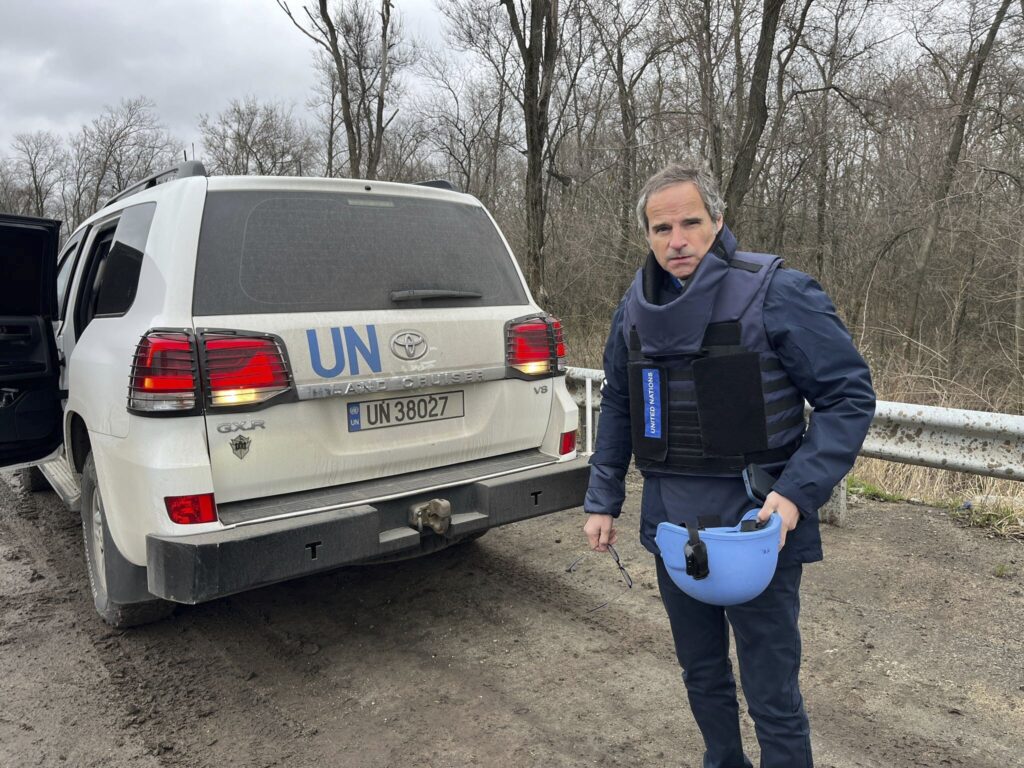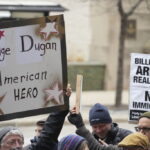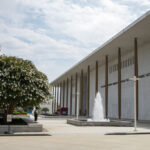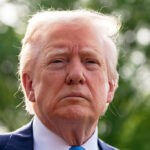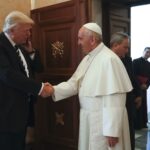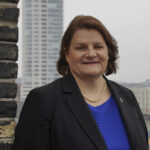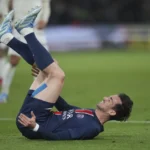The head of the U.N. atomic energy agency visited the Russian-controlled Zaporizhzhia nuclear plant in Ukraine on Thursday and said it was unrealistic to expect Moscow and Kyiv to sign a document on the site’s security while fighting raged nearby. Rafael Grossi, chief of the International Atomic Energy Agency (IAEA), was inspecting the state of the nuclear power plant, Europe’s largest, following last week’s devastating breach in the Kakhovka dam downstream on the Dnipro River. The Associated Press has the story:
IAEA Chief visits Ukraine nuke plant amid war
Newslooks- KYIV, Ukraine (AP)
The head of the United Nations nuclear watchdog visited Europe’s largest atomic power plant Thursday in southern Ukraine, where a recent dam burst and the start of a counteroffensive in the war by Kyiv’s forces have heightened safety risks.
The visit was announced by Ukraine’s national nuclear energy company, Energoatom, in a Telegram post.
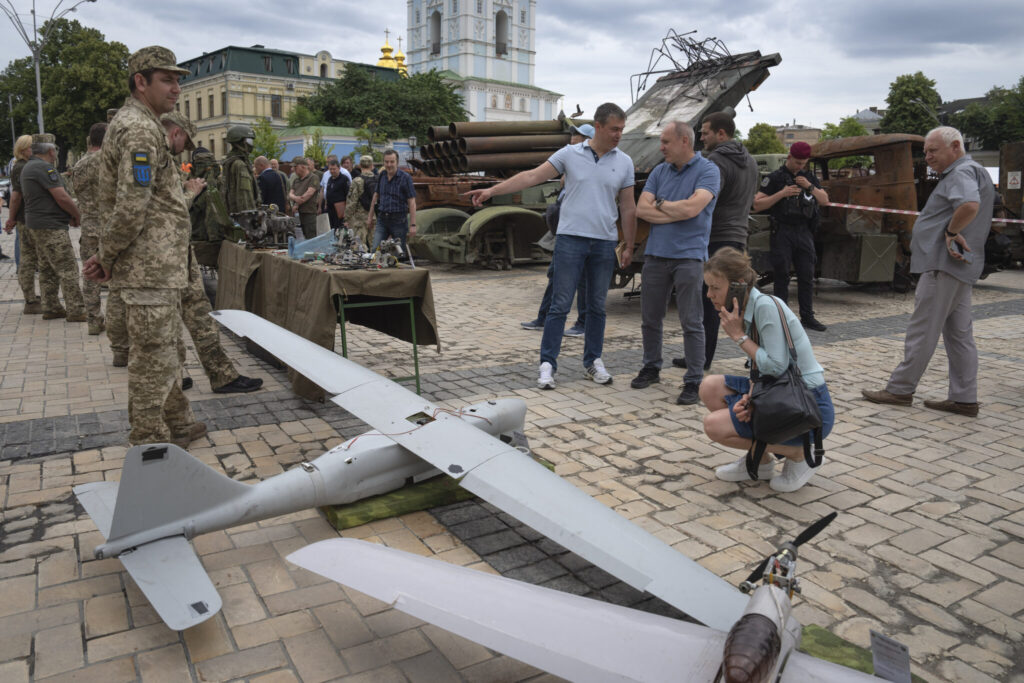
Rafael Mariano Grossi, the International Atomic Energy Agency chief, met Tuesday in Kyiv with Ukraine President Volodymyr Zelenskyy to discuss concerns about the Russia-occupied Zaporizhzhia Nuclear Power Plant.
The IAEA has repeatedly expressed alarm about the facility, which is one of the 10 biggest in the world, amid fears of a potential nuclear catastrophe. The agency has officials stationed at the plant, which is still run by its Ukrainian staff.
The plant has repeatedly been caught in the crossfire since Russia launched its war on Ukraine in February 2022 and seized the facility shortly after.
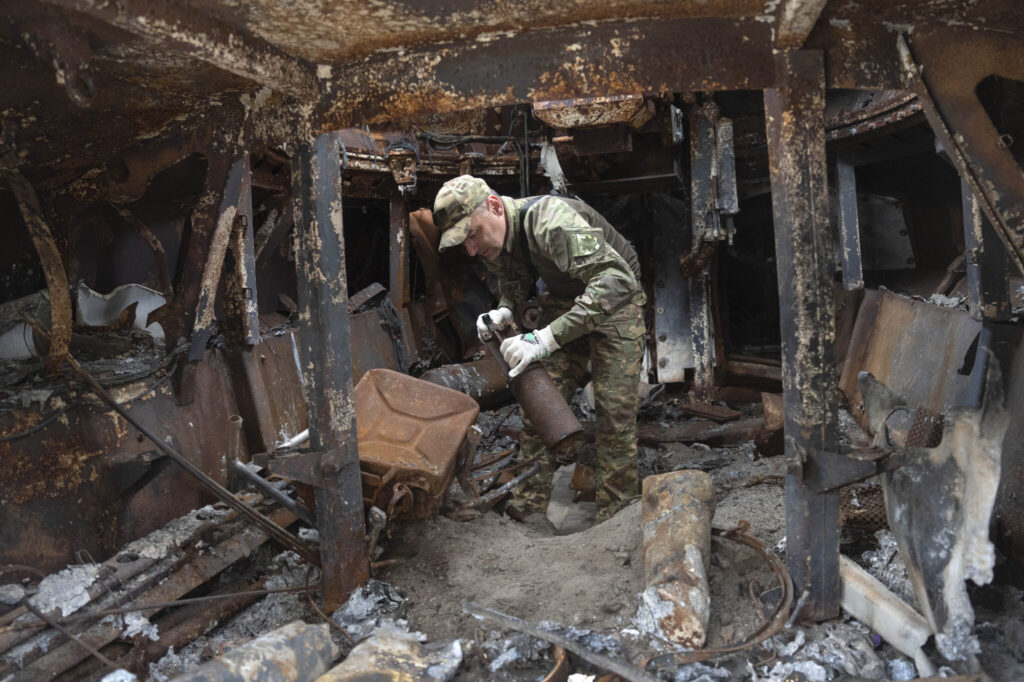
Last week, the destruction of the Kakhovka dam in southern Ukraine’s partially Russian-occupied Kherson region added a new concern. The dam, further down the Dnieper River, helped keep water in a reservoir that cools the plant’s reactors.
The plant’s six reactors have been shut down for months, but it still needs power and qualified staff to operate crucial cooling systems and other safety features.
Ukraine recently said it hoped to place the last functioning reactor in cold shutdown. The process inserts control rods into the reactor core to stop the nuclear fission reaction and the generation of heat and pressure.
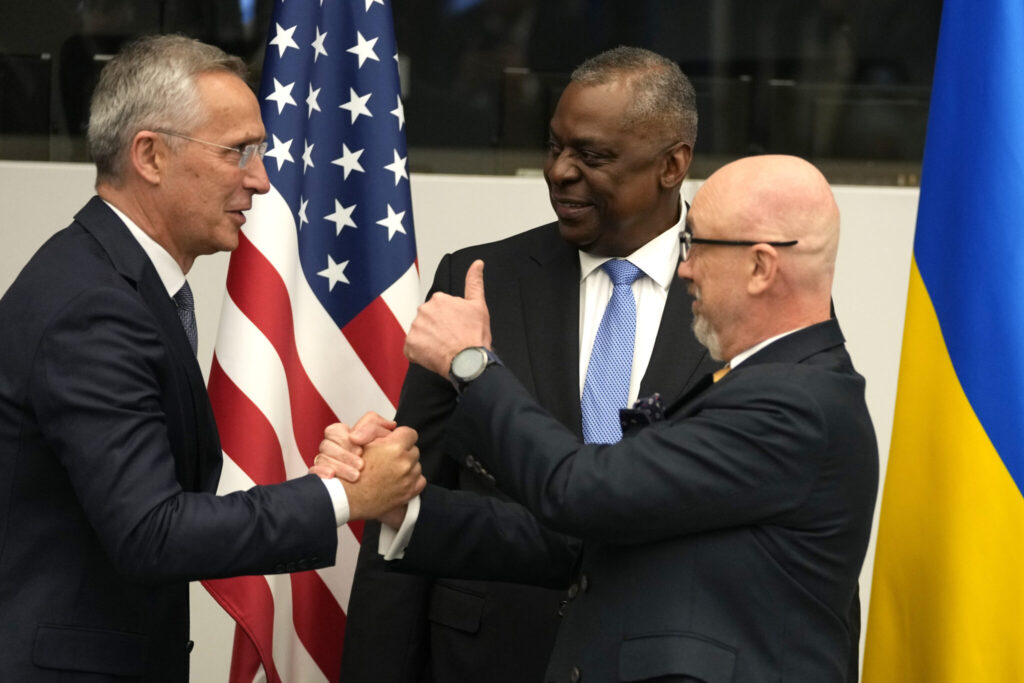
NATO Secretary-General Jens Stoltenberg said Thursday that areas of the 1,000-kilometer (600-mile) front line in Ukraine are witnessing “fierce fighting” after Kyiv’s long-anticipated launch of its counteroffensive using Western-supplied weapons.
He said Ukrainian forces “are making gains.” Even so, Western analysts and military officials have cautioned that a campaign to drive the Kremlin’s forces out of Ukraine could take a long time.
Ukraine has so far been “testing” Russian defenses, looking for weaknesses, according to Mykhailo Podolyak, an adviser to Zelenskyy.
“We haven’t yet started our counteroffensive as such,” he claimed in televised remarks.
He noted that Ukrainian troops were launching simultaneous attacks in many directions, seeking to sow panic among the Russian troops.
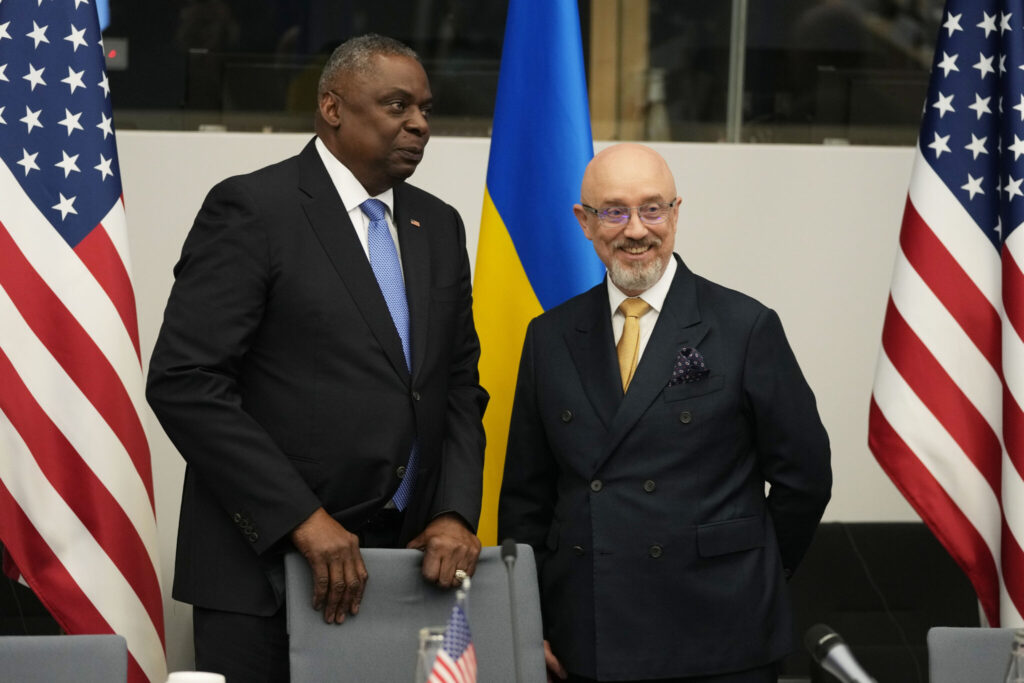
The Russian Defense Ministry, meanwhile, said its military used long-range air-launched cruise missiles to strike Ukrainian drone-making facilities. It claimed all the targeted facilities were hit but didn’t mention where they were or any other details.
It was not possible to verify battlefield claims by either side.
Russian forces are keeping up their aerial attacks on Ukraine. They launched four cruise missiles and 20 Iranian Sahed exploding drones overnight, the Ukrainian air force said.
Ukrainian air defenses downed all the drones and one cruise missile, it said.
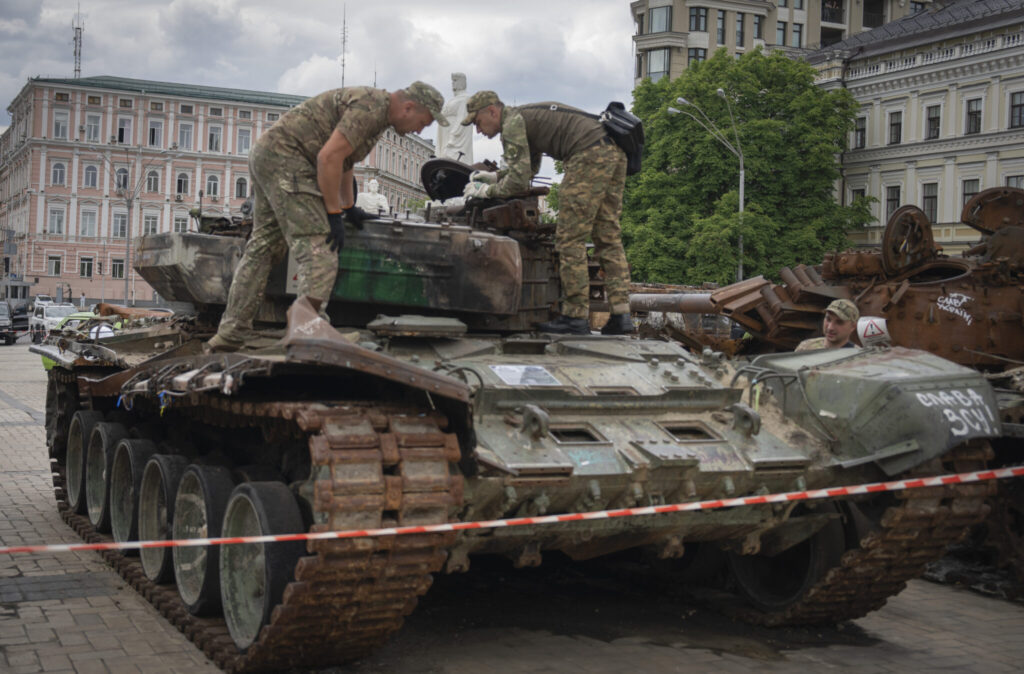
Russian missiles hit industrial facilities in the latest strike on the southeastern city of Kryvyi Rih, Zelenskyy’s hometown, wounding one person, local officials said.
An airstrike also hit downtown Kherson city in the early hours of Thursday, punching a hole an office building.
Russia also attacked Kharkiv and Odesa with drones overnight, but regional authorities said they were all shot down.

